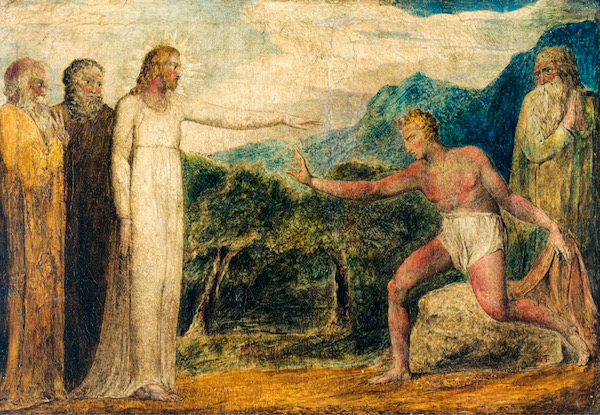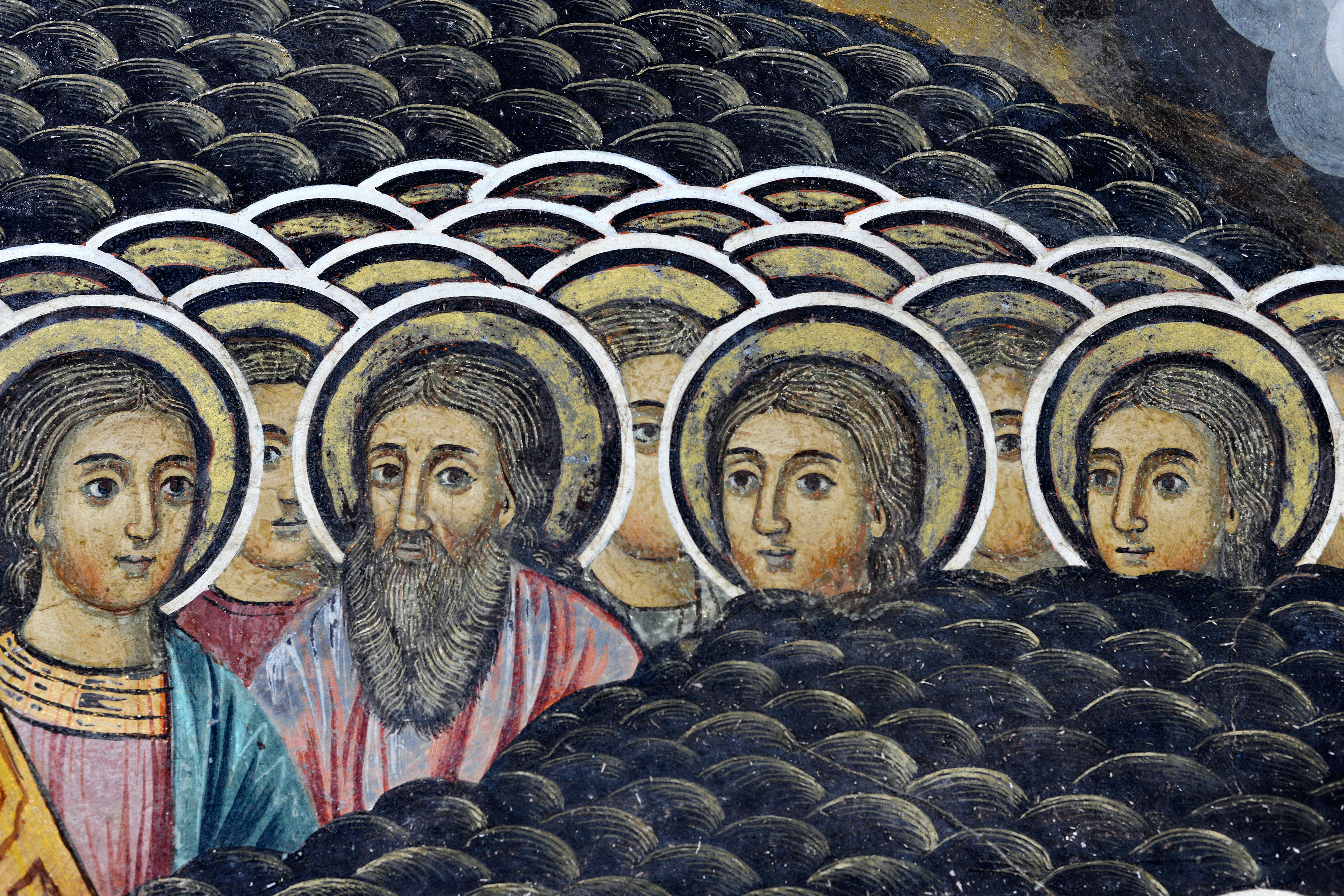It may seem strange that the gospel on the feast of All Saints, the Beatitudes, dwells not on ‘holiness’ but ‘happiness’. In our increasingly secularised public world, happiness and holiness aren’t usually thought to have much in common. But in the Beatitudes, happiness and holiness are the same thing.
To grasp how this can be so, however, we need to rethink both. When the early Church Fathers read the beatitudes, they saw in them a wonderful congruence between the teaching of Jesus and the wisdom of the ancients. To the ancients, both Christian and pagan, the word ‘happiness’ meant something quite different from its current colloquial connotation. For most of our contemporaries, ‘happiness’ is felt rather than possessed: a fragile and transient experience, inevitably subject to the vagaries of circumstance and fortune. But for a whole tradition of thought and sensibility, from the ancients to the High Middle Ages, happiness was something possessed ‘in the soul’, as it were; and once acquired, not easily lost.
To be happy was to live in accord with our deepest human desires and needs, whatever the contingencies and complications of everyday life. It was to flourish as a human being and, Christianity would add, a human being made in the image and likeness of God and called to share his life in friendship. So much for happiness: what about holiness? Most of us uncritically assume that the saints are those who’ve lived irreproachable lives and have earned their place in heaven.
For that reason alone, we think of them as very different from ourselves, as we scrabble around in our own chaotic way, lurching from one crisis to the next. But that rather discouraging version of sanctity corresponds neither to experience nor theory. The Feast of All Saints is not a celestial honours list or a heavenly Oscars ceremony. The saints’ lives have nothing in common with either the vacuous cult of celebrity or the tyrannous cult of perfectionism; and the Feast of All Saints is not intended to set the saints apart from the rest of us in an intimidating pantheon.
On the contrary. It’s significant that in many of the earliest lives of saints from the 5th century onwards, before hagiography becomes stylised and even ideologised, and certainly long before more rigorous forensic criteria for canonisation were introduced, saints’ lives were deliberately contrasted with the sanitised heroes of Greek and Latin antiquity. The stock in trade of these saints’ lives is the unconventional and unpredictable: their biographers deliberately dwell on the eccentric and grotesque, describing fierce inner struggles undergone by gnarled, volatile individuals.
What’s more, these stories are never about kings and queens or bejewelled bishops and impeccable clerics. (Some of these accounts actually describe the lure of ordination as a temptation, an enticement the best always resist.)
No, these early lives of the saints are about unique personalities, not stereotypes, and their path to holiness is far from straight, let alone sanitised or conventionalised. So, instead of being discouraged by what seems like a great distance between us and the saints, we should be reassured that there is between us and them a bond, a communion, wrought by grace but building on our shared nature created by God.
That’s why this feast is a feast of the whole Church, traditionally known as ‘the communion of saints’. It is the feast of those who have gone before us, who are already in heaven; of those still on their way in purgatory; and of ourselves, the Church on earth, the ‘Church militant’, as it’s traditionally called: all of us constituting the Communion of Saints. 3 St Paul freely referred to all the faithful as “the saints” and in the Byzantine liturgy, before the distribution of Holy Communion, the celebrant holds up the sacred species and says: ‘holy things for holy people’. That holiness is, of course, the holiness of Christ; and the saints are those in whom the holiness of Christ isn’t obscured, those who’ve bodied forth Christ’s love, beauty and holiness in their own lives. In the end, a person doesn’t become holy by leading, through sheer effort of will, a flawless life. A holy person is one whose love is so fixed on God that sin falls away: a saint is one in whom we see God’s love fixed on us. And holiness is one of the marks of the Church – one, holy, Catholic and apostolic, as we say in the Creed.
But, again, the Church isn’t ‘holy’ because it’s a gathering of the good, the well-behaved and the squeaky clean – no proof of that is needed. No, the Church is holy because it is the Body of Christ, even if we, his members (members not of a club, but a body, remember) all-too-often obscure and conceal that holiness by our failings and unfaithfulness. In the holiness of the saints, then, we see the beauty and desirability of God Himself, who draws us into the communion of friendship with himself precisely by attracting us. How else do we become friends? The saints are those who’ve manifested in their own way, but with extraordinary clarity, the vocation we all share: friendship with God, wherein we find the true and lasting happiness for which we were created.



 Loading ...
Loading ...
What do you think?
You can post as a subscriber user ...
User comments (0)